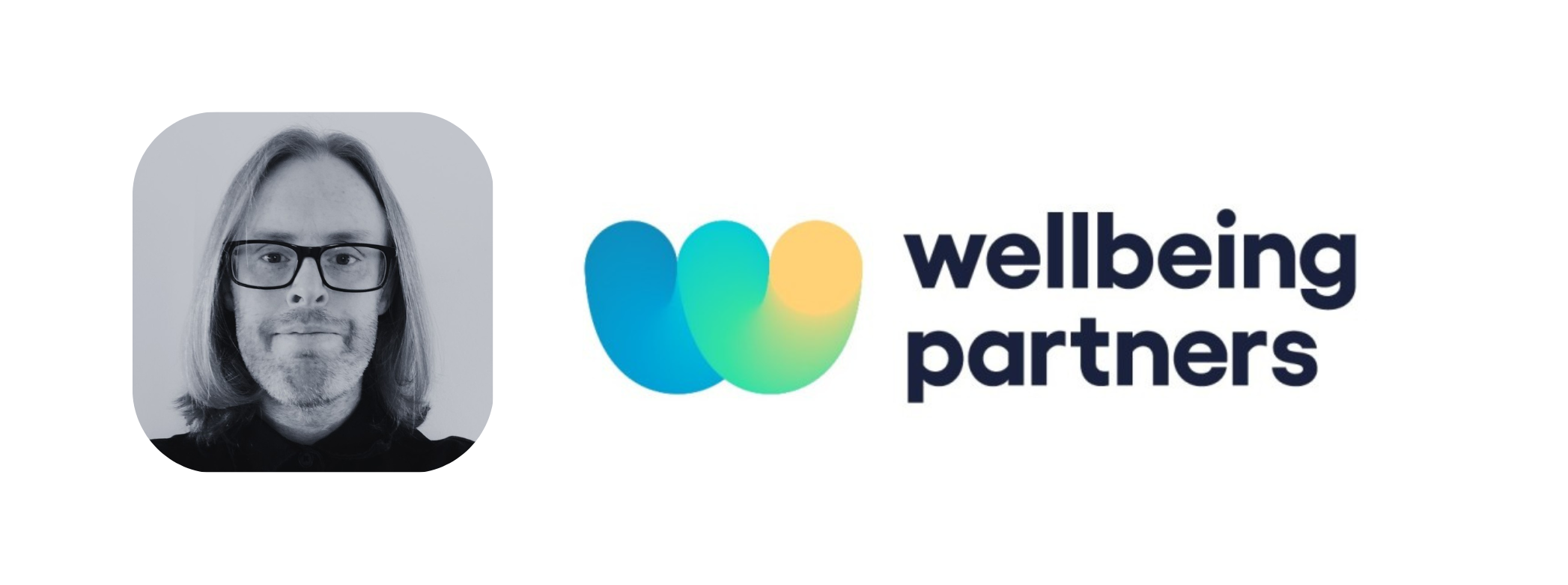By James Milford, Head of Behavioural Sciences at Wellbeing Partners
A Growing Divide
Across the UK, employee demand for workplace mental health support has risen sharply in recent years. Yet, despite greater awareness and investment, access to and use of these services are falling.
Many organisations continue to rely on long-established Employee Assistance Programmes (EAPs), but participation rates remain low. Employees may recognise their need for support—but too often they feel these services aren’t designed with them in mind.
Why Employees Don’t Engage
Although most workplaces now offer an EAP or equivalent, staff often describe these systems as slow, impersonal, or confusing.
Cultural and psychological barriers still matter too. Some employees worry that seeking counselling could be seen as a sign of weakness or damage their professional reputation. Others fear that confidentiality can’t be guaranteed or feel uncomfortable being “seen” to access mental health support.
Beyond the workplace, overstretched public and private mental-health services add to the problem. NHS waiting lists can stretch for more than a year, and private providers often have waits of several months. For many employees, workplace counselling is their only realistic route to help—if it feels safe and accessible enough to use.
The Limits of the Traditional EAP
Conventional EAPs were created decades ago to offer brief interventions for everyday issues such as financial stress or family problems. But modern employees are grappling with more complex and persistent challenges: burnout, anxiety, trauma, and neurodivergent mental-health needs.
As I often tell employers, the EAP model itself has become outdated. Subscription-based schemes can encourage low-touch, high-volume delivery that misses the personalised care employees now expect. The result is that organisations pay annual fees for services few people access, while those who do often find the support too generic to help.
A More Flexible, Human-Centred Model
To close the gap between demand and engagement, forward-thinking employers are moving towards in-house, pay-as-you-use counselling.
Instead of outsourcing wellbeing to a remote call centre, in-house counselling embeds professional counsellors directly within the organisation. Employees can build trust with a small, consistent team who understand workplace culture, pressure, and context.
At Wellbeing Partners (https://wellbeing.partners), our in-house counselling model operates on a flexible, pay-per-use basis. Each organisation is assigned BACP-registered counsellors who offer both face-to-face and secure online sessions. This makes mental-health care more immediate, confidential, and cost-effective.
Why In-House Counselling Works
Dedicated workplace specialists – Counsellors familiar with organisational life can relate to the pressures of hybrid work, high workloads, and team conflict, helping employees feel understood.
Flexible access and clear confidentiality – Staff can choose in-person or online sessions, reducing logistical barriers and reinforcing trust.
Support for all levels of need – Unlike many EAPs that set thresholds, in-house counsellors support everyone—from employees facing mild stress to those experiencing trauma or chronic mental-health difficulties.
Preventive and performance-focused – Early, person-centred support prevents escalation, strengthens resilience, and improves attendance and engagement.
The Business Case
The financial rationale for modernising mental-health provision is compelling. Unaddressed psychological distress drives absenteeism, presenteeism, and turnover—costs that far exceed the price of accessible counselling.
Organisations that provide responsive, confidential, and trusted mental-health support report higher engagement, better retention, and stronger workplace cultures. Simply put, when employees believe the help offered will actually help them, they use it—and everyone benefits.
Leadership and Culture Matter
Leadership behaviour is critical in reducing stigma. When senior figures speak openly about wellbeing and visibly support counselling services, they create psychological safety for others to do the same.
Employers should communicate clearly how their mental-health programmes work and how privacy is protected. Transparency turns scepticism into trust and encourages a culture where seeking support is viewed as a sign of self-awareness, not weakness.
A Turning Point for Workplace Wellbeing
The old subscription-based EAP model no longer fits today’s workforce. The future of workplace mental health lies in accessible, empathetic, and evidence-based support that meets employees where they are.
By embracing in-house counselling and other flexible approaches, organisations can finally bridge the gap between rising demand and falling engagement—ensuring that every employee who needs help can access it quickly, safely, and confidently.
In 2025 and beyond, aligning mental health strategy with real human need isn’t just good ethics—it’s good business.
Author: James Milford is Head of Behavioural Sciences at Wellbeing Partners, specialists in workplace mental-health support and employee wellbeing.






